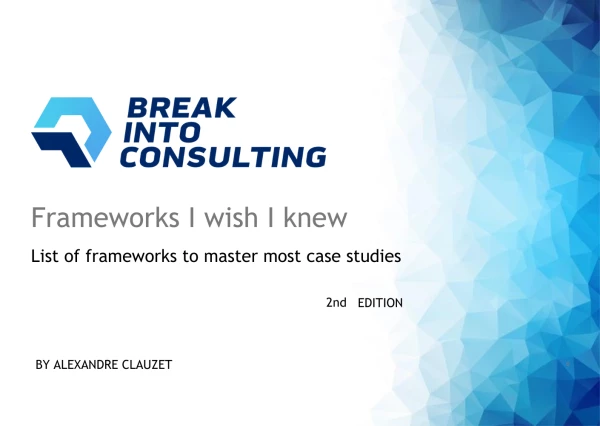In my challenge to learn problem solving and get into management consulting, i find that I am struggling to think from a top-down manner from problem statements, to buckets, and from buckets, to causes and even sub-causes. Rather, i find that my brain naturally jumps to specific causes without any buckets.
Switching to dimensional/bucket category thinking has been difficult, and i find that it takes quite some time (maybe too long) if i use my natural instinctual method of bottom-up thinking, from specific causes -> buckets and from buckets-> to higher level buckets/dimensions. For example, i would identify or categorise my specific causes to the dimensions or buckets and then try to think again from that 2nd order buckets to even higher-level buckets/categories.
This is unlike the videos of practice case interviews i see on YT, where they go directly top-down style, from problem statement to higher level buckets/dimensions, before diving into lower buckets, and then go to specific causes and even sub-causes at the end.
When i do try to go top-down from problem statement to buckets/dimensions to causes, i find difficulty in coming up with specific causes related to the buckets i've mentioned. And that too, takes quite some time to come up with, and it is frustrating unable to think as fast as i think i should be able to.
I don't know what's going on here, but i feel that i'm missing something big. what i know is that i struggle when trying to think top-down towards specific causes.
Wondering how i can build this deductive top-down thinking style and make it my default? what am i missing? why do you think it's just so difficult for me to do? what should i do?












